What is an SD Card & How to Choose the Right One

I think there's an issue with my storage device, but I'm not sure
Start a free evaluationBy definition, an SD card is a small flash memory card used for storing data. You can use SD cards, sometimes called memory cards, in digital cameras, camcorders, Android phones, GoPro cameras, and video game consoles.When choosing an SD card, it’s important to consider what you’ll be using it for. If you’re planning on taking a lot of photos or videos, then you’ll need a high-capacity memory card with a fast read and write speed. On the other hand, if you just want to use your memory card for storing music or other files, then a lower-capacity and a slower-speed card will suffice. You can easily check these details once you know the meaning of the SD card symbols.
What is an SD card?
SD card stands for Secure Digital Card and it’s a small and removable data storage device that works with flash memory. Its regular size is similar to a postage stamp, but you can find it in mini and micro-format, the last one is more common on smartphones. You can use adapters for those two smaller options, and use them on other devices, such as cameras or laptops. There are different types of memory cards available, depending on the capacity and speed of the card. A higher-capacity or faster-speed SD card will typically be more expensive than a standard memory card.
How do SD cards store data?
SD cards have no moving parts, unlike external HD, making them faster to transfer data. They use a technology similar to USB flash drives and SSDs to write the data, known as flash memory storage chips.To use them, you must first certify that the memory card is compatible with your device. Most devices have a dedicated slot for SD cards, but, depending on your SD card size, you may need to use an adapter. Once the memory card is inserted, your device should recognize it automatically.
Important: Smartphones usually have a maximum storage capacity for removable cards. Meanwhile, semi or professional cameras have requirements about the kind of memory card you can use. Check what yours is before buying an SD card.
What is flash memory?
Flash memory is a technology for data storage that retains the data after the device is turned off. Also, flash memories are faster and more reliable technology than traditional hard drives. One factor that contributes to this is that flash memory devices don’t have moving parts.Besides SD cards, several devices work with flash memory, such as SSDs and USB drives.
SD card types and storage capability

SD cards are divided into four categories: Secure Data Card (SD) is the original technology. It has a maximum capacity of 2 GB using the FAT16 file system.Secure Digital Standard Capacity (SDSC), with a storage capacity of up to 32G. It uses the FAT32 file system. Secure Digital eXtended Capacity (SDXC), with a storage capacity of up to 2 TB. It uses the exFAT file system. Secure Digital Ultra Capacity (SDUC), the newest SD technology. It has a storage capacity of up to 128 TB and uses the exFAT system.
SD card file system format
Depending on which device you’re planning to use your memory card, you have to format the memory card in the file system format to one compatible with the device.
Pro tip: Learn How to Format SD Cards the right way. Remember that formatting your SD card will erase every file on it. Always have a backup beforehand.
Android phones & Cameras: FAT32, Ext3/4Nintendo Switch: FAT32, exFATWindows: NTFS, exFAT, FAT, FAT32macOS: HFS, APFS, HFS+, exFAT, FAT32
What are SD cards used for?
You can use SD cards for several purposes. For example, you can use them to transfer files between devices fast or to take photos and videos on your camera or smartphone. Some memory cards also come with built-in Wi-Fi capabilities so that you can wirelessly connect your devices to the internet or transfer files between them.SD cards are most used to:
- Smartphones* and tablets
- Digital cameras
- GoPro
- Personal computers
- Video-game consoles
- Security cameras
*The iPhone is not compatible with SD cards.

Be careful when handling your SD card, as they are prone to damage from water, dust, or other outside elements. If you take proper care of your SD card, then it can be a great tool for managing and storing your important data.
What to do if you lose your SD card data
You can lose your memory card data due to several reasons.
- After it formats without you noticing it
- If the card gets physically damaged
- You accidentally delete the files
- If the SD card has a formatting issue
- Your device does not recognize the memory card
- If the SD card stops showing up
If you accidentally deleted your SD card photos from Android or GoPro, you can easily recover them on your own.

But, if you lose your memory card files due to corruption or physical damage, then you’ll need professional help. When this happens, you can request a free in-lab evaluation to certify that your data is recoverable. SalvageData’s experts can help you with this task and bring your SD card data back. With high data recovery records and over two decades of experience, SalvageData guarantees your data full recovery.
TL; DR: A SD card (Secure Data Card) is a small and removable data storage device that uses flash memory to store data. They have three size types, the regular, the mini, and the micro SD cards, with different compatibility, configurations, and storage capacity. They are essentially fast and portable, making them the first choice when you need to transfer data from one device to another.
Related services
These are the most commonly requested data recovery services. At our headquarters' cleanroom lab, our certified engineers conduct a thorough review of any type of physical storage device, determining if there is logical or physical damage and carefully restoring all of the lost files.ces.

External Drive Data Recovery
We recover data from both external SSD and HDD drives. Rely on certified experts to restore your important files from damaged or corrupted external drives.
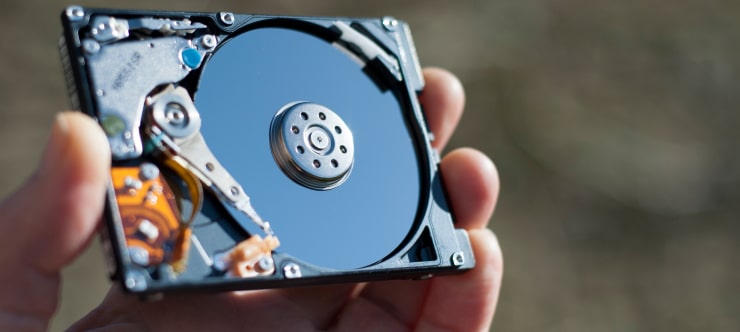
Hard Drive Data Recovery
Recover data from all brands of HDD, PC hard drives, and hybrid disks. Our specialists ensure fast and secure recovery for any data loss scenario.
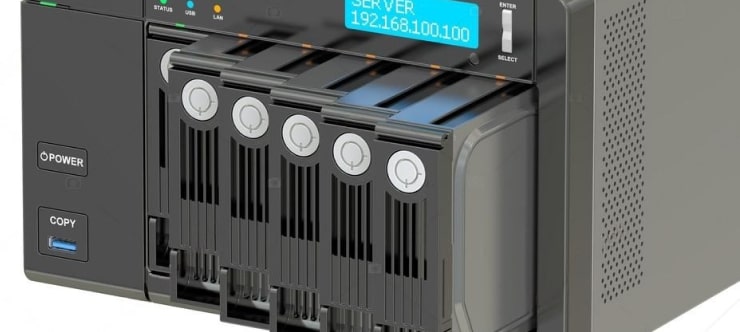
NAS Data Recovery
Recover data from NAS devices, including RAID configurations. Our team handles all types of NAS systems and ensures data recovery with minimal downtime.
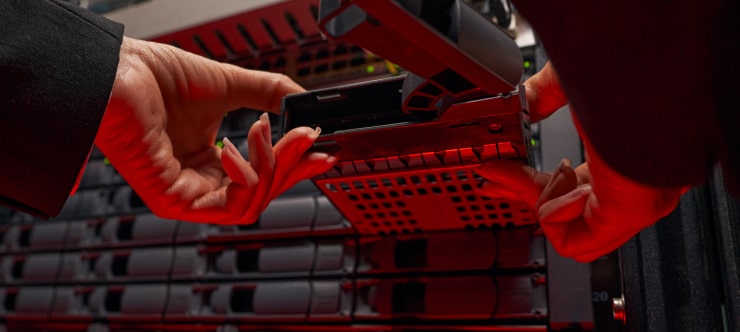
RAID Data Recovery
Our RAID data recovery services cover RAID 0, 1, 5, 10, and other configurations. We offer expert solutions for failed, degraded, or corrupted RAID arrays.

SAN Data Recovery
Our team specializes in handling SAN devices from leading manufacturers like Dell EMC, HP, and IBM, ensuring efficient recovery with minimal disruption to your operations.
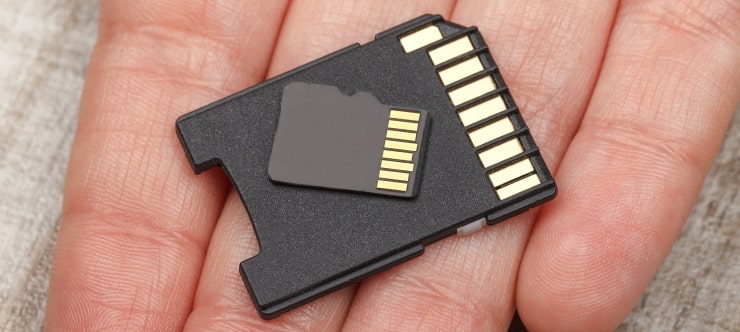
SD Card Data Recovery
Our recovery experts specialize in restoring data from SD and memory cards. We guarantee quick recovery with a no-data, no-charge policy.
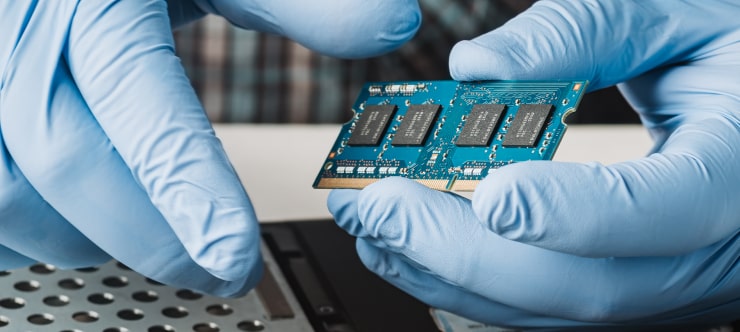
SSD Data Recovery
Our data recovery experts handle all SSD data loss scenarios with advanced tools, ensuring maximum recovery with high-security protocols.
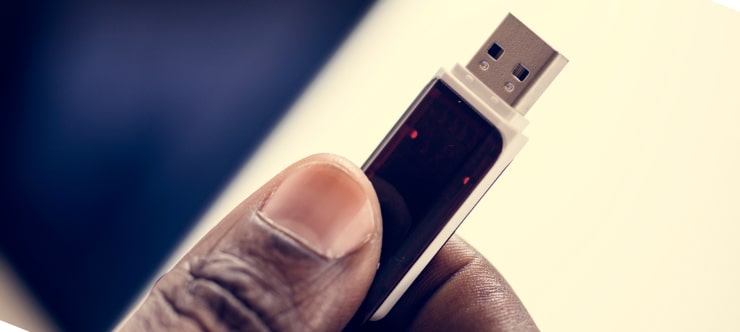
USB Flash Drive Data Recovery
Recover lost data from USB flash drives, regardless of the damage or brand. We offer free in-lab evaluations to assess data recovery needs.
If you’re unsure about which data recovery service to choose, let our team assist you in selecting the appropriate solutions. We understand the anxiety that comes with a sudden drive failure, and we are more prompt in our actions compared to other recovery service providers.



